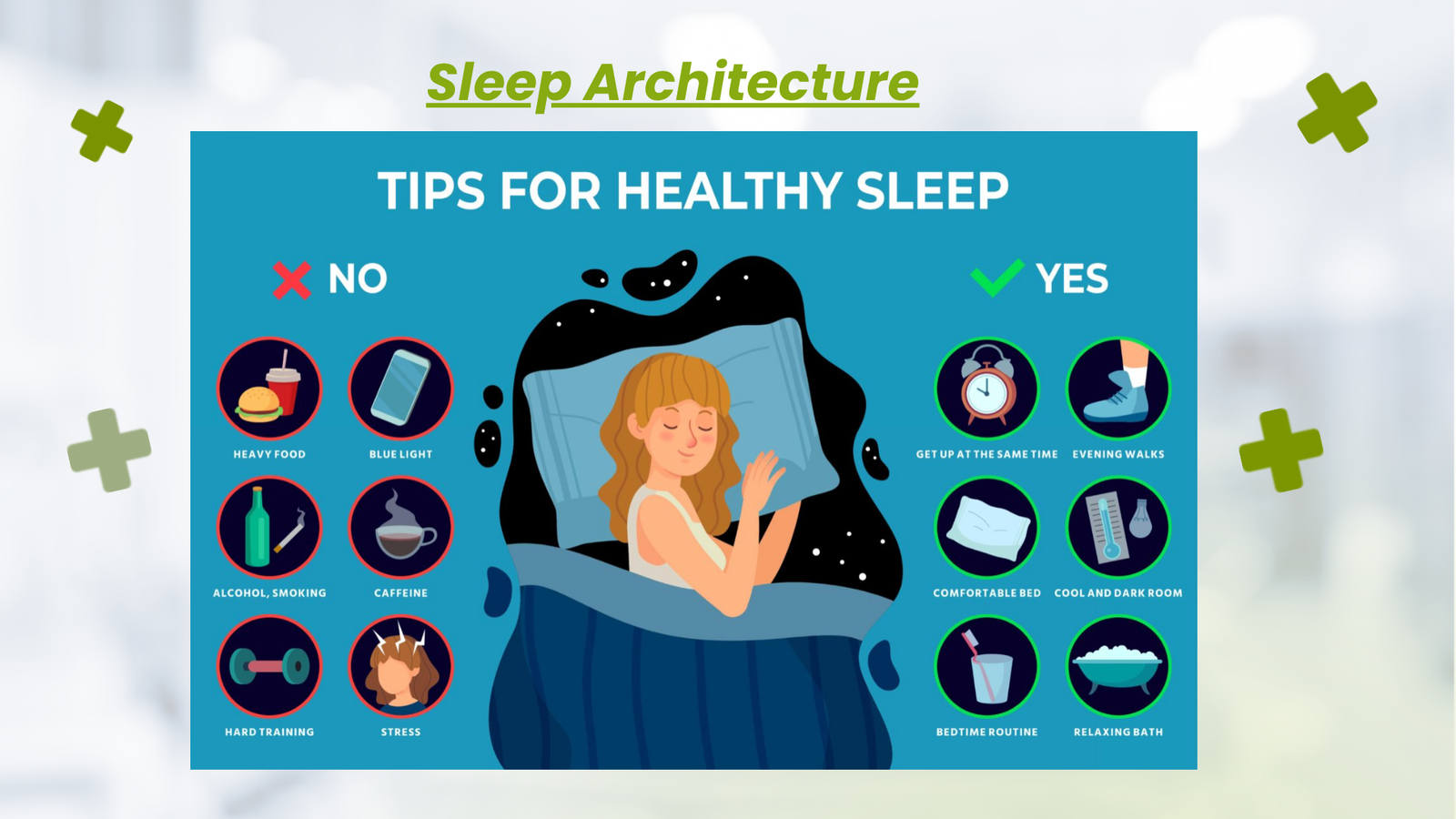ENJOY FREE SHIPPING ON ORDERS OVER $99
ENJOY FREE SHIPPING ON ORDERS OVER $99
From Chaos to Rhythm: Sleep, DUTCH Testing, and Liver Support for Real Hormone Balance
November 03, 2025 2 min read

Sleep Is the First Hormone Therapy
Most people reach for pills when the most potent, cheapest “therapy” is darkness, cool air, and a calm nervous system. Cooler rooms (around 68–70°F) favor deeper REM and slow-wave sleep, the phases where growth hormone peaks and tissue repair accelerates. Darkness is non-negotiable: eyelids are thin, and even tiny LEDs can keep the brain vigilant. Replace late-night news and scrolling with a bedtime ritual—breathwork, warm bath, light reading—and watch morning energy change.
A gentle nighttime formula with GABA, magnesium, taurine, and inositol can help cue parasympathetic tone. It’s not a sedative sledgehammer; it’s a nudge toward a rhythm the body already knows how to keep. Consistency wins here: the brain learns safety through repetition.
When Blood Work Isn’t Enough
Serum labs quantify circulating hormone levels, but they don’t tell you how those hormones are used or cleared. The DUTCH test adds that missing dimension. It maps cortisol from wake to sleep, outlines estrogen and androgen metabolites, and flags nutrient bottlenecks via organic acids. With both data sets in hand, the plan becomes precise: support the sluggish workstation, redirect the problematic pathway, and then retest to confirm trajectory.
Data also calms anxiety. Instead of guessing at supplements or fearing symptoms, you work a plan with milestones. Less drama, more progress.
Sugar, DHT, and Estrogen Pathways
For men, nightly sugar jolts push testosterone toward estrogen and DHT. Excess DHT can thin hair and swell the prostate, all while making skin oilier and recovery slower. Minimizing evening sugar, walking after dinner, and supporting androgen balance with saw palmetto while foundations take hold can shift the landscape.
For women, the story often lives in detox routing. The liver’s phase-1 and phase-2 decisions influence whether metabolites are gentle or irritating. Cruciferous compounds—sulforaphane, indole-3-carbinol, and calcium d-glucarate—encourage friendlier lanes, especially when partnered with sleep, fiber, and hydration. Where progesterone has been drained by stress, chaste tree (vitex) may help restore equilibrium.
Build a Liver That Keeps Up
The liver is the pool filter of your internal world. Sugar spikes, alcohol, medication load, dehydration, and environmental toxins clog it fast. Clearing the filter is refreshingly ordinary: crucifers and beets, lemon and bitters, fiber and water, movement and sweat, reduced alcohol, and steady sleep. Do that daily and watch symptoms often labeled “hormonal” begin to soften because the exit doors are finally open.
When a DUTCH report shows problematic routing, add targeted support like sulforaphane or calcium d-glucarate. But let the basics carry most of the weight; that’s where durability lives.
Make It Real in 30 Days
Set a nighttime alarm that says “power down.” Cool and darken the bedroom. Close the kitchen a couple of hours before bed. Take two brisk 10–15 minute walks each day, anchor meals with protein and color, and drink mineralized water. Choose a 90-day alcohol sabbatical if you’re serious about hormone repair. If testing is new, plan serum labs plus a DUTCH panel. Build, test, refine, retest.
This is not about tricks. It’s about rhythms—sleep, light, breath, movement, food, and faithfulness—that teach the brain and liver to trust you again.
